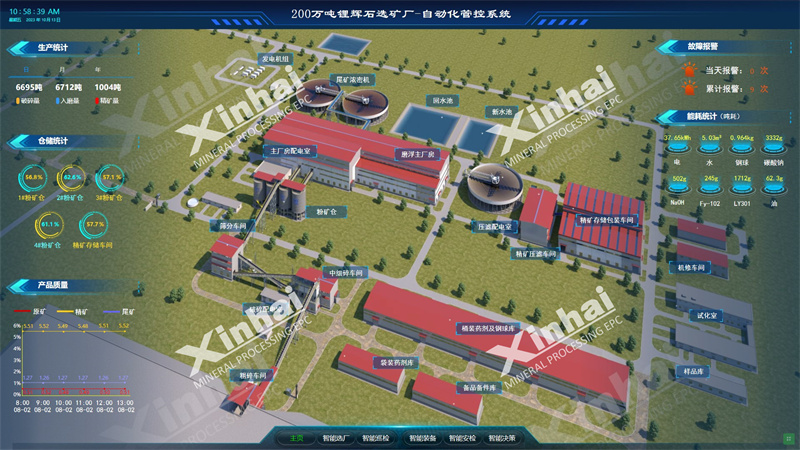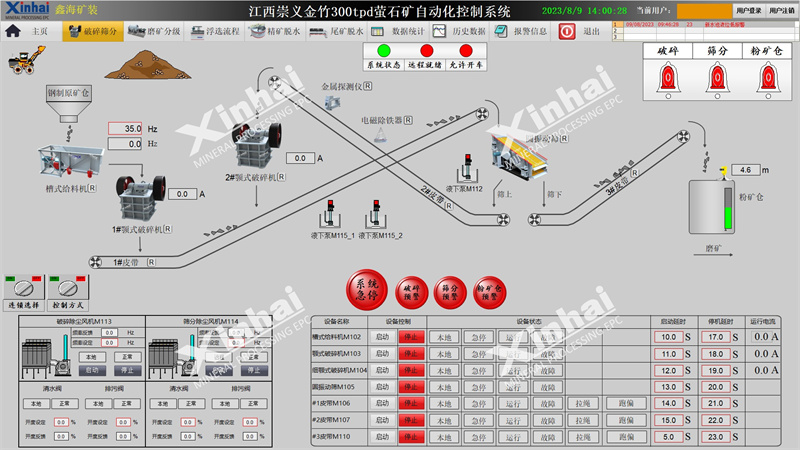Automation technology has become a key factor in improving production efficiency, reducing costs, and ensuring job safety.Especially in the field of mineral resource processing, the application of automated design is becoming increasingly popular.This article explores the automation design and application of lead-zinc ore beneficiation plants. It demonstrates how to achieve intelligent management of the production process through technological innovation.

The design of the automation system covers key process links such as crushing, grinding, flotation, concentration and filtration. It achieves visual management throughout the entire factory through a video surveillance system.
(1) Automation of crushing system
By implementing reverse driving and sequential delayed parking in the crushing process, productivity has been significantly improved and equipment safety has been ensured.
(2) Grinding control system
By utilizing fuzzy control and PID control methods, constant feeding and concentration control of the grinding process were achieved, optimizing the grinding efficiency.
(3) Flotation automation
Through automated control, the recovery rates of lead, zinc, and silver, as well as the grade of the concentrate, have been improved, effectively reducing the mutual inclusion of lead and zinc and the grade of tailings.
(4) Automation of concentration and filtration processes
Through remote monitoring and control, the stable operation of the thickener and ceramic filter machine has been ensured, improving the recovery and utilization rate of water resources.
(5) Video surveillance system
We have established an industrial television monitoring network, which enables real-time monitoring and rapid response to production sites.
In the design of automation systems, special attention is paid to the following technological innovations:
One click start stop control. Simplified the operation process, reduced human error, and improved the system's response speed.
Interlocking control. Through interlocking between devices, automated control of the production process has been achieved, effectively preventing production accidents.
Intelligent optimization control. Adopting advanced control algorithms, production parameters are automatically adjusted based on real-time data to maintain a better state of the production process.
Remote monitoring. Remote monitoring of all equipment in the factory through a centralized control room has improved management efficiency and response speed.

The implementation of the automation system has brought significant benefits to the second beneficiation plant:
(1)Improve production efficiency.
Through automation control, production efficiency has been significantly improved.
(2)Stable product quality.
The precise control of the automation system ensures the stability of product quality.
(3)Reduce energy consumption and costs.
Optimized the production process, reduced energy consumption, and lowered production costs.
(4)Improve the working environment.
Reduced the labor intensity of workers, improved the working environment, and enhanced work safety.
The automation practice of the lead-zinc ore beneficiation plant has proven that automation technology can not only improve production efficiency and product quality, but also reduce production costs and improve the working environment. With the continuous advancement of technology, future lead-zinc ore beneficiation plants will become more intelligent and automated, achieving higher levels of resource utilization and environmental protection.